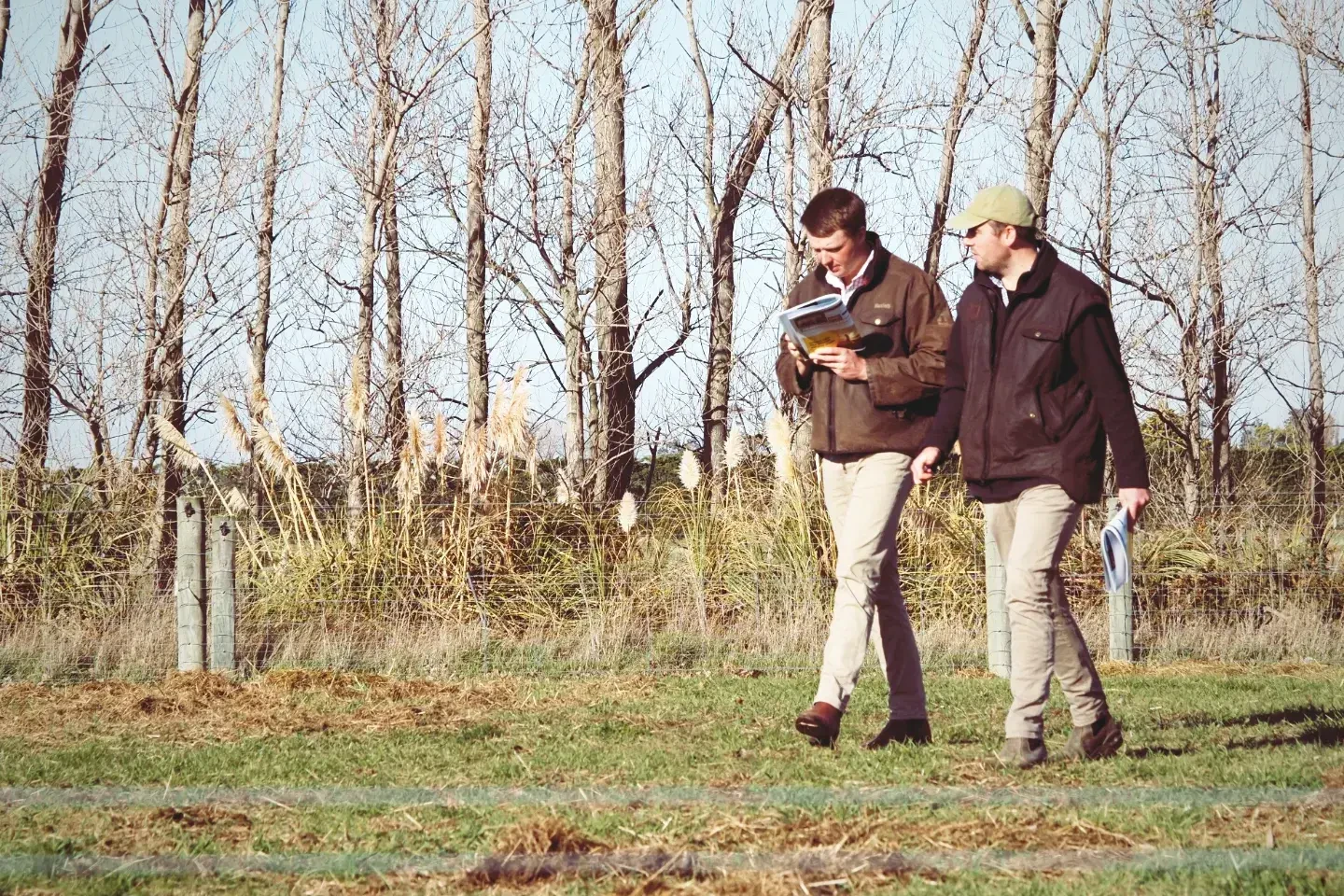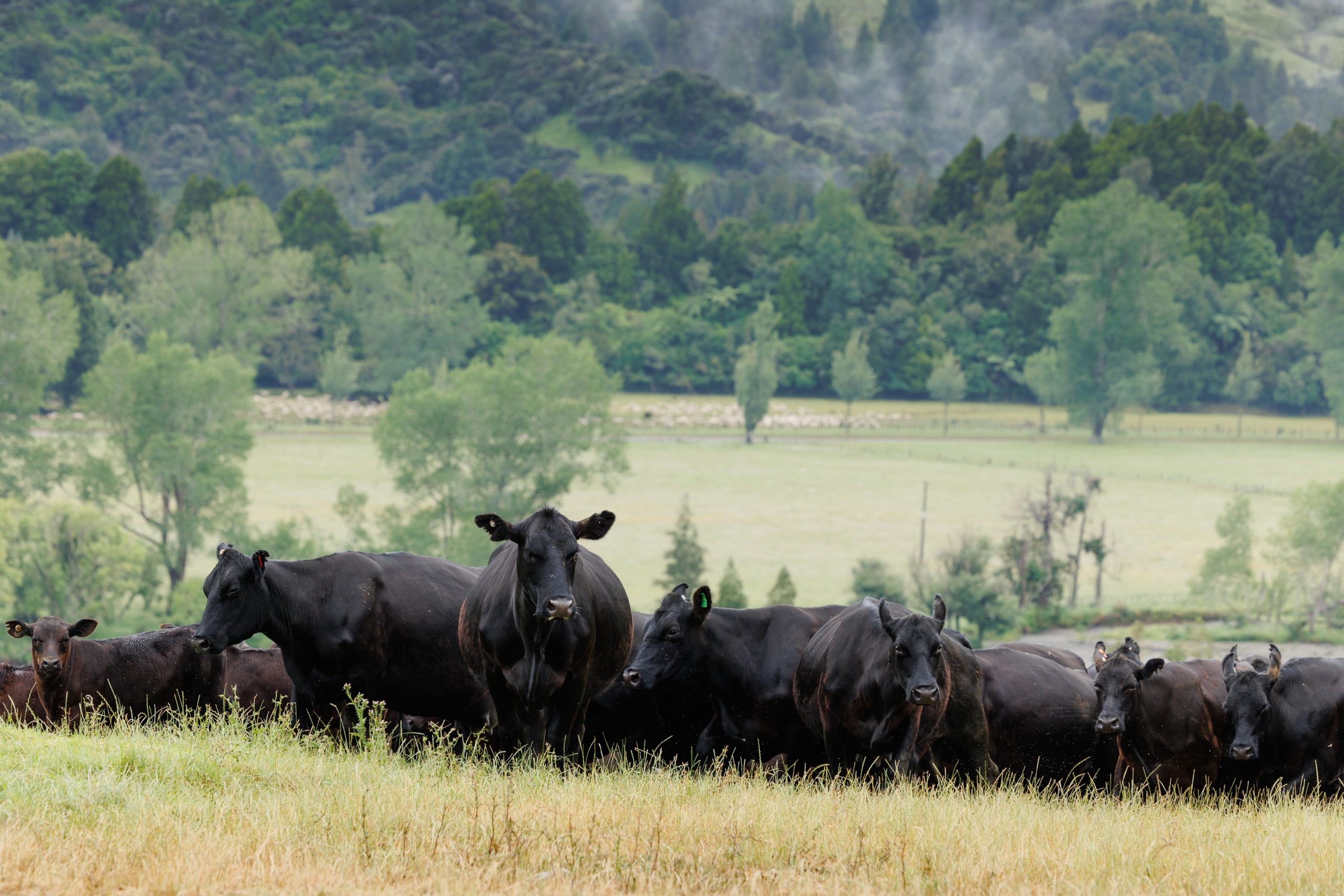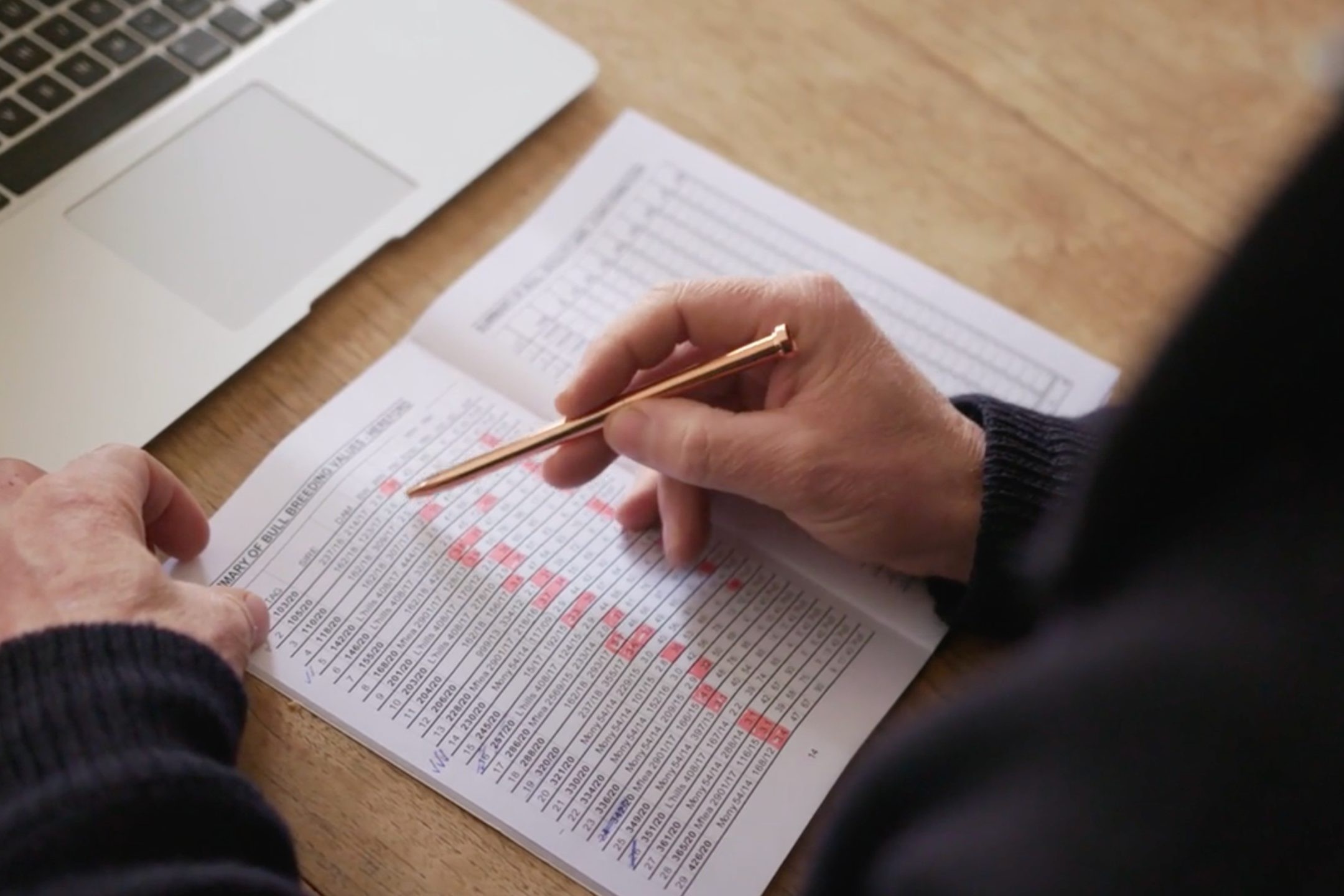Shorthorn breeders get first taste
Shorthorn seedstock producers are close to seeing the first weaned calves born in their own large scale progeny test. Words Tony Leggett.
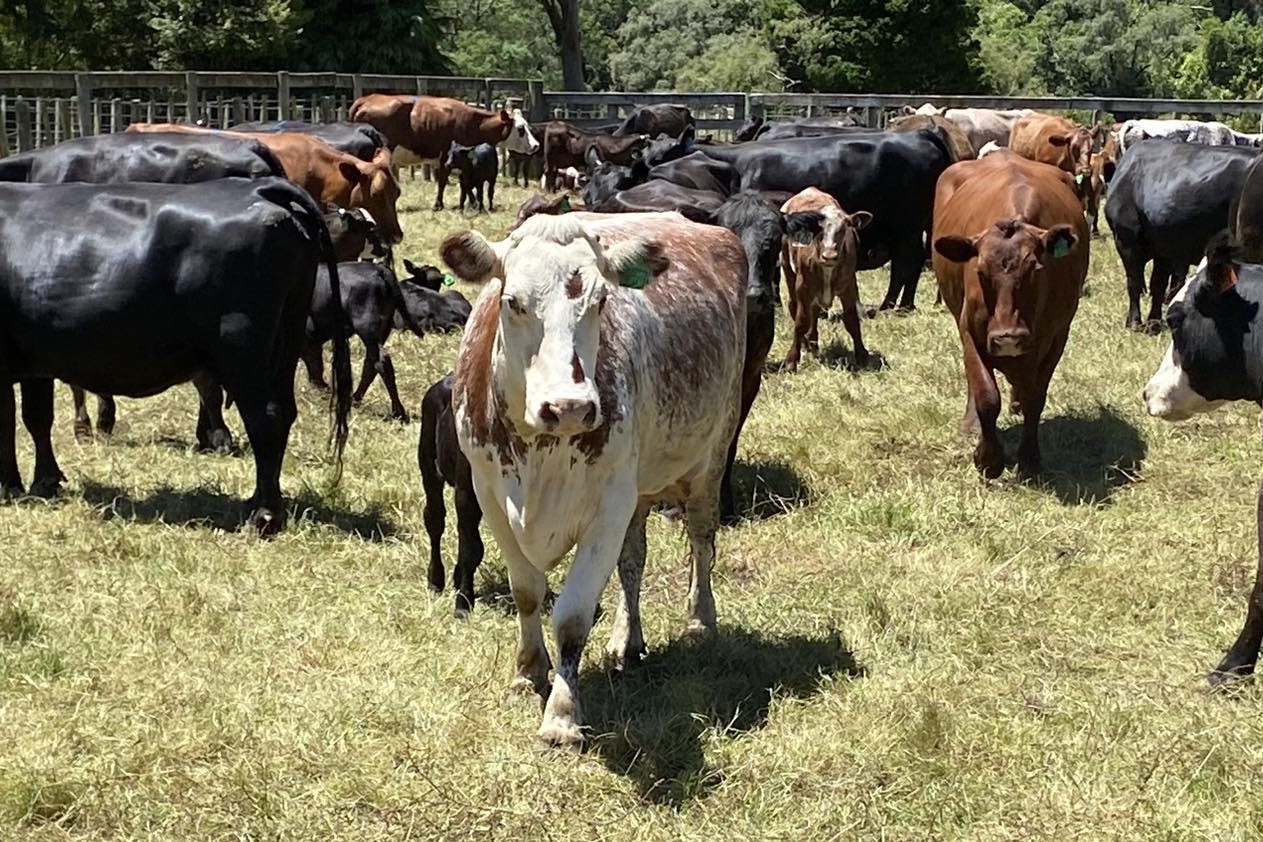
Now in its second year, the Shorthorn NZ progeny test is collecting the same data on the females and their crossbred progeny as the Informing Beef NZ (IBNZ) test currently running at Kepler Station, Te Anau, and Lochinver Station, east of Taupo, managed by Beef + Lamb NZ Genetics.
Hereford and Angus sires used at both Kepler and Lochinver are among the bull team used through artificial insemination across 350 Shorthorn, Shorthorn-cross and other breed females for the past two matings, starting in January 2023.
The females are a combination of rising one-year, two-year heifers and older cows, running on Bevan Proffit’s steep hill country farm on the Parapara Range between Raetihi and Whanganui.
Including link sires to the IBNZ progeny tests creates the opportunity for the data from all three sites to be compared in the largest crossbred analysis ever undertaken in New Zealand.
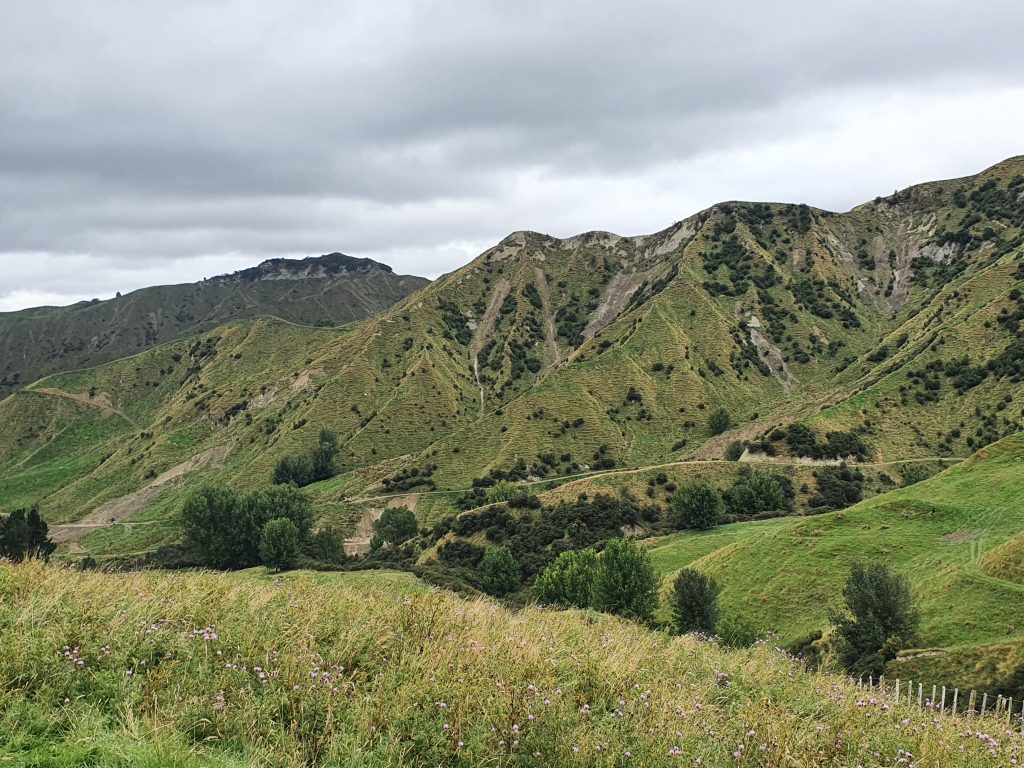
Calves from the first mating via artificial insemination in January 2023 were weaned in April 2024, and about half the first drop of steer progeny are expected to be slaughtered before winter 2025.
Shorthorn NZ President Russell Proffit says setting up their own progeny test, linked to the other sites, was an obvious call to make when Shorthorn sires were not included in the bull team used at Lochinver and Kepler sites. Finding the required number of females wasn’t a hurdle when his brother Bevan agreed to help. “I knew Bevan would do a great job because he understands the principles of breeding cattle and the importance of data collection. He was brought up with stud cattle and sheep and ran our parent’s studs before I took them over.”
It is certainly a good news story, but we’d be wise to work even harder and smarter if we want the story to continue.
At 350 females, the test has the same number of females as the Kepler site and just over half the number mated at the Lochinver site. “We’ve mated 250 of our cows to Shorthorn sires, and about 50 each to Angus and Hereford link sires.”
At the first mating, there were about 120 heifers and 230 cows mated and for the second mating in January 2024, 100 heifers and 250 mixed-age cows were selected.
The heifers are calved behind a wire on the limited easy country available on Bevan’s property. At birth, calves are tagged, weighed and a sample of DNA taken for parentage matching. “The cows spend the winter on the hills, they calve out there too and come down in January when we mark their calves, and condition score and weigh all the cows.”
Apart from growth and carcass traits for the progeny, Russell says the test will also investigate the influences on heifer ‘re-breeding’ (getting back in calf again after their first calf), plus ‘stayability’ (longevity in the herd) and temperament. “We’re really interested in all the good commercial traits that Bevan is already tracking now in his herd. He was already doing more than most commercial farmers would do with their beef herd anyway; like muscle scanning his heifer replacements and selecting for docility,” Russell says.
The challenging contour means the herd is working hard all year round. “Yeah, there’s a little bit of gravity poisoning at times. But that’s where we need the cows. If Bevan’s place doesn’t perform with cows on it, it’ll be in trees.”
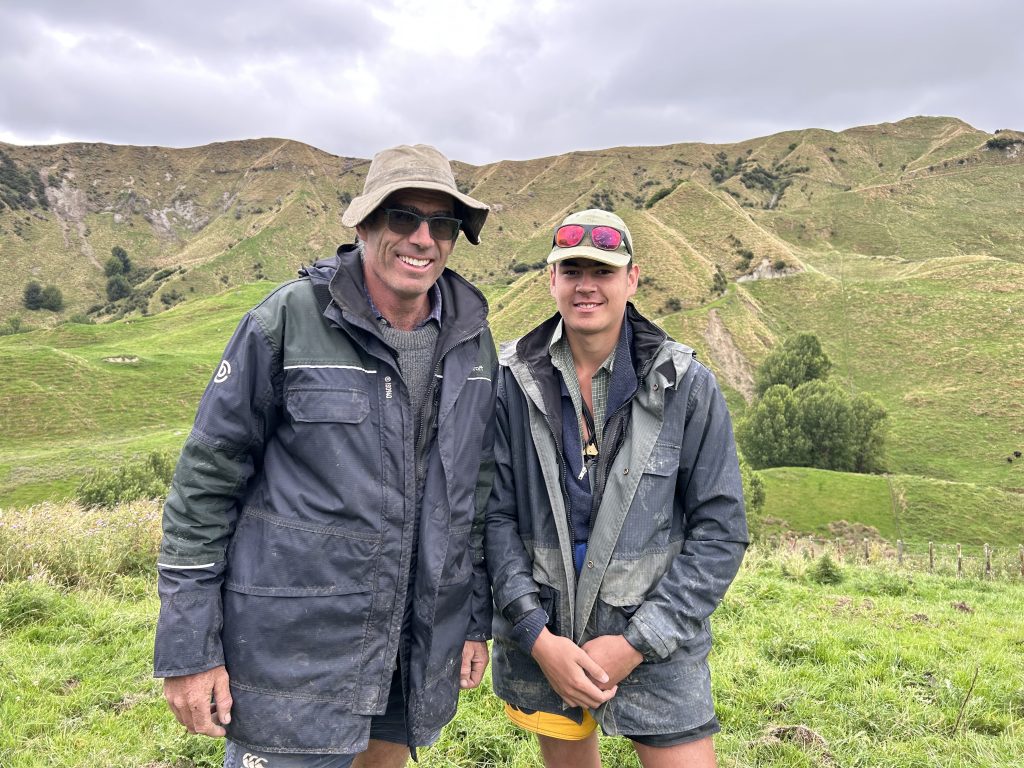
Bevan is collecting some of the data with help from Breedtech Services owner Craig Foote, who also handles much of data collection at the Lochinver site too.
At weaning in early April, each year’s steer progeny will be trucked to Russell’s own property at Mahoenui, southwest of Te Kuiti, for the remainder of their finishing to slaughter.
Heifer calves remain at Bevan’s property and those selected as replacements will enter the test.
The test is running for three matings and the heifers entering the herd each year will be monitored through till just after they ‘re-breed’ as rising three-year-olds, taking the full analysis through to almost seven years. Russell says it is a little early to see any trends emerging from the test, but that will change once that first batch of crossbred progeny is slaughtered before and after their second winter. “One of our aims with the test is to show how Shorthorn bull breeders can help commercial farmers make more money from their cows.”
He says one of the challenges frustrating Shorthorn bull breeders is the variation in coat colour of progeny sired by Shorthorn bulls. “Having a line of solid black coated calves makes it easy to draft them when they are sold at the sale yards or in someone’s yards at the farm.
“It’s really easy for a stock agent or a farmer to draft up a line of straight black steers, it’s just two ways, tops and bottoms. But when you chuck a Shorthorn bull in the mix, you get some red ones, some white ones, some brown ones and some blue ones. If we can prove that farmers can make extra dollars by putting a bit of colour into the progeny, that is great. It’s the meat that you’re paid for, but sometimes that is forgotten.”
He says there are plenty of commercial beef producers with Shorthorn-cross cattle hitting the premium bracket for all the hand-selected beef brands.
Russell says he’s hoping the progeny tests highlight the opportunity that cross-breeding offers farmers in the NZ beef industry. As a regular buyer himself of Shorthorn-cross calves, he knows how well they perform in a finishing system.
Russell says Beef + Lamb NZ has been very supportive of the Shorthorn NZ test, helping to fund the annual artificial insemination and DNA collection costs for the three-year programme.
A field day for Shorthorn enthusiasts was held in April 2024 to view the first calves at weaning and an open day is planned for 2025 to give all beef farmers the chance to see two groups of progeny and results from the first line of crossbred steers to be slaughtered.

